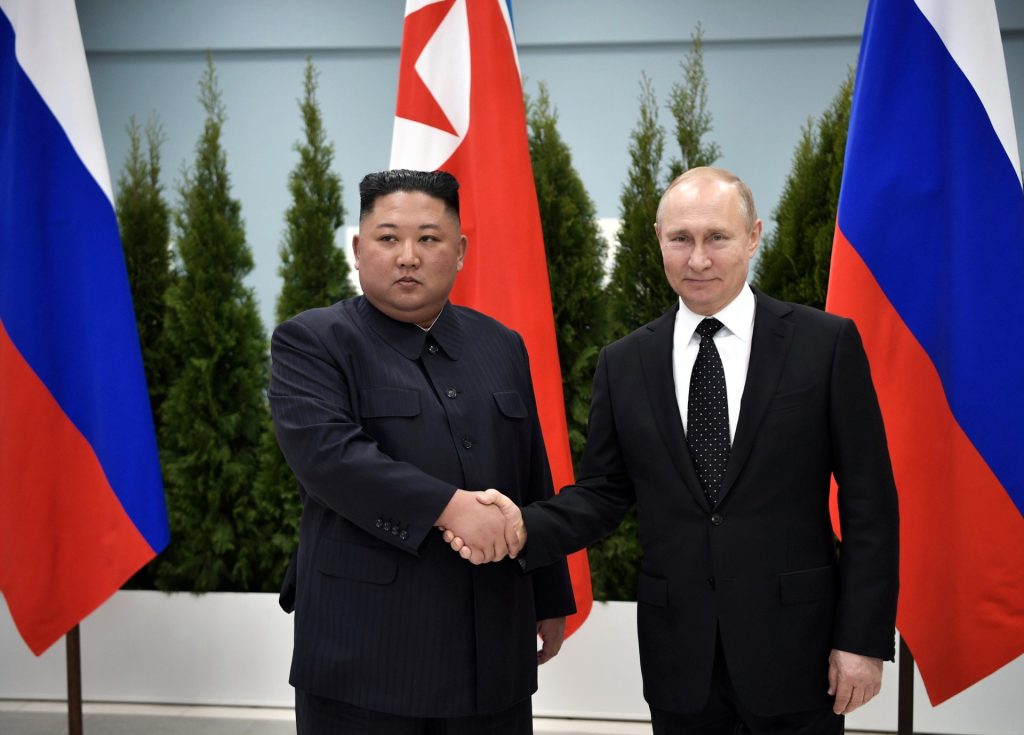North Korea has supplied Russia with 8 million artillery shells.
Others are reading now
Russia’s war in Ukraine is consuming vast amounts of ammunition, with both sides relying heavily on artillery and drones to track movements behind front lines.
Soviet Stockpiles Dwindle
Both artillery and air support require constant ammunition resupply, with daily demands for shells exceeding 10,000 rounds during the most intense periods. No country alone can meet this massive volume, and even Russia’s extensive stockpiles from the Soviet era are beginning to dwindle.
For Ukraine, Western countries supply a steady flow of ammunition, even purchasing additional supplies from less obvious sources like pro-Russian Serbia or neutral India.
According to WP, Bloomberg reports that around 60% of Russia’s ammunition demand is now met by shipments from North Korea, with only 30% supplied by domestic production.
Also read
Iran is Russia’s second foreign supplier but appears to be capitalizing on the situation. Iran provides roughly 10% of Russia’s needs, reportedly requesting payments in gold or modern air defense systems in exchange, similar to its arrangements for the Shahed drones.
Relying on North Korea
Bloomberg estimates that North Korea has supplied Russia with 8 million artillery shells and 122mm and 152mm rockets, along with over a hundred KN-23/Hwasong-11 ballistic missiles and Bulsae anti-tank systems.
The 122mm and 152mm calibers are standard for both Russia and North Korea, so they are expected to work reliably with Russian artillery. These shells, in widely used Russian systems like the 2S1 Gvozdika or 2S3 Akatsiya, can strike targets up to 15 miles away.
In addition to artillery, North Korea also sends Russia 130mm shells compatible with the M-46 field guns, which can hit targets from 17 to 24 miles away, depending on the projectile. Despite the compatibility, the quality of North Korean ammunition is notoriously low, and Russian soldiers have reported malfunctions and accidents due to these poor standards.
North Korean KN-23 ballistic missiles, similar in design to Russia’s Iskander-M, use solid fuel and can carry a 500-kg warhead. While exact ranges are unclear, estimates suggest these missiles can travel over 370 miles. However, due to inconsistent quality, some missiles have exploded mid-air before reaching targets in Ukraine.


